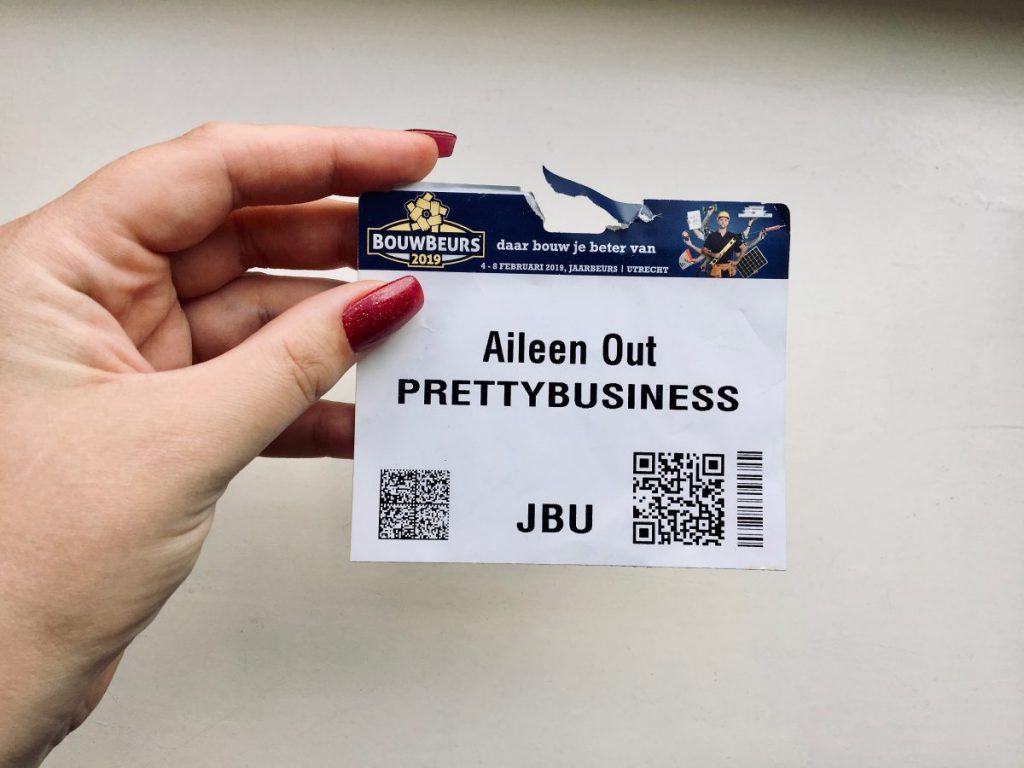We’re so used to it: name tags on company clothing. You often see them on staff uniforms in the supermarket, in appliance and electronics stores, but also in saunas and beauty parlors. And when you attend a conference for work, you receive a key cord with your name on it.
Chances are you don’t even think about it. But is it actually allowed? Since the tightening of the new privacy law, the General Data Protection Regulation (GDPR), you are not allowed to publish names without consent. But how does that work? Does that mean you can refuse to wear a name tag? I decided to ask my legal advisor, Kim Hendriks of Hendriks Meesteradvies.

A 6-point checklist:
Hendriks explains that employers cannot put a name tag on staff clothing just like that. When they do, there always has to be a purpose. In addition, the decision has to be justifiable with a legal base. The GDPR describes 6 legal bases and you must be able to justify your decision with at least one of them.
The 6 bases:
-
Legitimate interests
-
Contractual performance
-
Public interest or acting under official authority
-
Consent for using the subject’s data
-
Vital interests
-
Compliance with a legal obligation.
Legitimate interests
“When I look at these bases, I can imagine there is a legitimate interest in implementing name tags.” says Hendriks. “Inthese cases, you always have to ask yourself if it adds something when your employees wear name tags. Is it more convenient for customers to know the name of the employee? In that case you can use name tags. But I would recommend only showing first or last name. When you display both, employees are traceable via social media. And that is exactly what the GDPR protects against. You cannot just publish everyone’s names.
Being able to address someone with either their first or last name will be sufficient in most cases. For example: as a member of Hello Fresh, I received a text message every time a box got delivered. The first name of the delivery person was visible in the text. Apparently, Hello Fresh finds it important that the customer knows the deliveryman by name. To me, it seems unnecessary, but it is allowed.”
Exceptions to the rules
Hendriks also indicated that there are exceptions. “In some professions, people are obligated to disclose both their first and last name. And sometimes even to add a photo. Such as city guards or police officers. It is necessary for their job and that’s why it is specified in the law. In this case there is a legal obligation based on the decision to wear the name tag.
Unfortunately, this law is also often misused. Companies think they can make an exception to the rule, while there is no legal basis for their decision. A classic example is the who-is-who webpage with profile pictures of all employees. Large organisations find it convenient when everyone (including pictures) can be found on the intranet or internet. But this is legally not allowed. An employee must provide consent. In your private life, you need to be able to identify yourself, but not as an employee.”
Refusal
Because I run my own business, I don’t wear a name tag. But when I attend a conference, I often receive a badge with my name. Both my first and last name are displayed, often in addition to my company’s name.
Hendriks wonders what the reason is for revealing all this information. “I understand it is convenient when greeting someone. But to do this, a first or last name is sufficient. When you don’t feel comfortable showing your full name as an employee, you have the right to refuse. Also when visiting conferences. Unless you are a speaker at the conference and you need to identify yourself in several entrances. Then it is allowed.
This means I should have refused the name tag you see in the picture above. I was not a speaker at this particular conference, just a visitor. And I didn’t mind for this conference, but it is a good topic to think about. If you don’t want your full name visible on a body tag, you don’t have to wear it.
Do you wear a name tag at work? And if yes, is your full name visible?
Greetings,

I really love reading your article very nice and very interesting. And it was very informative.
school name tags
Can my company display my full name job title and picture in a public reception where i work
The NHS trust I work at are just about to make it policy that all staff must have both names on their name badges.
Is this permitted. I work as a nurse and I don’t want my patients/relatives looking on my social media etc.